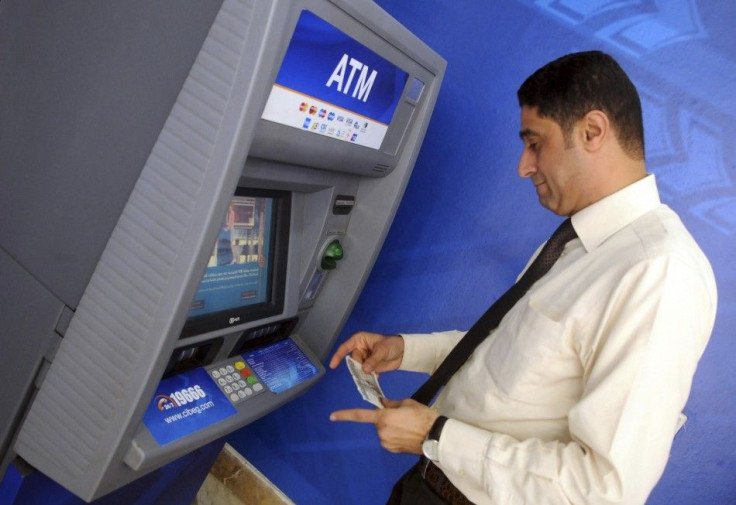Security experts advise on how to get away from ATM theft

Security experts issue advice on how to avoid ATM theft amid reports about several approaches of how crooks steal money from the machine. The public is urged to check for signs of tampering, which include broken, scratched or loose fixtures, before withdrawing money from an ATM.
The New York Police Department said criminals usually install card-skimming electronics on an ATM and damage nearby machines so customers will be left with no choice but to use the compromised one, ComputerWorld reports. They said if only one ATM at a certain area is working and all the others are damaged, not using the working machine is recommended.
Another strategy that thieves do is called "deep insert skimmers,” which go inside the scanning mechanism where they can't be noticed instead of a fake ATM interface placed on top of the machine. The skimmer does not interfere with the functioning of the ATM's card scanner. The thief can then obtain the card data and video of PIN entry.
A more sophisticated "deep insert skimmers" utilise magnets that snap into place inside ATM card scanners. These types of skimmers have the ability to harvest ATM card data and even retain their own data with pinhole cameras and very close to being undetectable. All skimming activities involve magnetic-striped cards.
Jonathan Velline, head of Wells Fargo ATM and branch strategy, announced that all 13,000 Wells Fargo ATMs now allow the bank’s customers to withdraw money even without a card. Customers will only need to use an eight-digit code, along with their PIN to access their accounts. Other US banks, such as Citigroup, Chase and Bank of America, are also working on similar ATM functions
Computer World notes that later this year, Wells will activate ATM near-field communication (NFC) readers to allow customers to use Apple Pay, Android Pay, Samsung Pay or the bank's own Wells Fargo Wallet for gaining ATM access. Cardless transactions mean criminals cannot use the card against customers, improving security.
Chip-based cards were also designed to protect customers from ATM theft. The chip standard in the US is called EMV, the initials of the three companies that created it. These are Europay, MasterCard and Visa. EMV cards are also backed by JCB, American Express, China UnionPay and Discover.
A law called Electronic Fund Transfer Act requires banks to reimburse any losses caused by ATM crimes. The case has to be reported within 60 days, or the law doesn't apply.




















